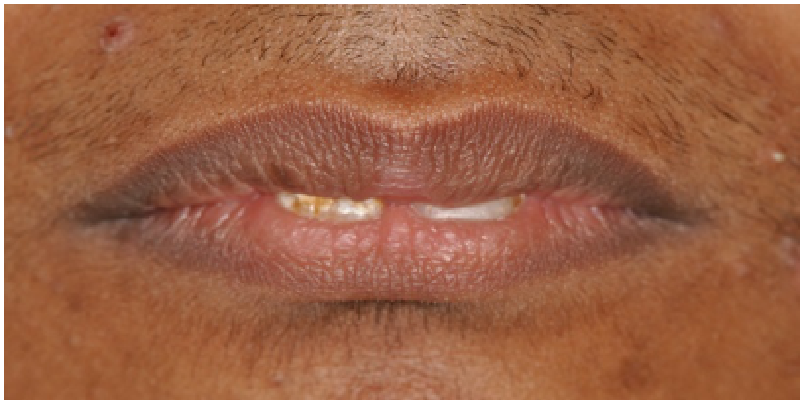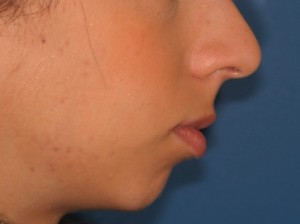When is the best time for braces
Regular dental checkups are key to the prevention and treatment of dental problems in your children.
How do I know if my child’s teeth are growing well?
Singapore’s Ministry of Health recommends the first dental check-up be done by the first birthday.
Such early check-ups allow the dentist to educate parents on diet and brushing techniques so that diseases like tooth decay and gum disease can be prevented. Regular check-ups throughout childhood and adolescence will allow checks on the development of the teeth and jaws and identify any bad habits.
For example… Thumb-sucking is a habit that can disturb the development of teeth into proper alignment. Persistently and forcefully sucking on a thumb, finger or a soother can lead to a gap between the upper and lower front teeth.

An “Open Bite” in a 4-Year-Old Child due to a Bad Habit – Thumb Sucking.
This 4-year-old child already shows an “open bite” caused by sucking a thumb. There is a gap between the upper and lower front teeth even when the child is biting down fully. This not only affects the alignment of the teeth but, in severe cases, may also affect speech.
These habits need to be broken to prevent mal-alignment or crooked teeth
When is the best time to start braces?
There is no one best time to start treatment with braces. The decision to start treatment is based on many factors like the nature of the problem, the stage of physical development and the level of maturity of the child.
The American Association of Orthodontists recommends that all children get an assessment no later than age 7 years. Such assessments need to be repeated as the child grows.
Some Common Development Problems
1. Cross-bite
When the upper teeth are positioned behind the lower teeth, it is described as a “cross bite”.
Cross-bite in a Child
In this child, the upper tooth on the right is overlapping the lower tooth. This is the normal relationship.
However, the upper incisor on the left side is growing on the inside of the lower tooth. This is a cross-bite.
If detected early, this sort of cross-bite can be corrected with a relatively simple, removable, plastic appliance.

2. Severe crowding
Some problems like severe crowding (or lack of space for all the teeth), if detected early, can be treated by serial extraction from as early as seven years of age.
3. Protruding Teeth

Teeth that “stick out” are more likely to be hurt in a fall
Teeth that protrude out are more likely to be injured during falls or sports.
Early treatment of protruding teeth may help to prevent damage to the teeth.
4. Disproportionate Jaws

When the upper and lower jaws do not grow in harmony, they are disproportionate to the rest of the face. This can be treated effectively if it is detected before puberty. Puberty is a time of rapid growth. The onset of puberty can be quite variable. It may be as early as 9 years for girls or 11 years for boys. Timing treatment with the growth spurt will help to modify the growth of the jaws.
Conclusions
Depending on the nature of the mal-alignment, treatment may be done in phases. The first phase may be to guide growth of the jaws. The second phase may be with conventional braces to straighten crooked teeth. Phase two may be delayed till all the baby teeth have been replaced by permanent teeth.
It is difficult for the layperson to know which cases are to be treated at which time, so it is best to come for regular checkups to assess growth and development and seek advice on the timing of treatment.
